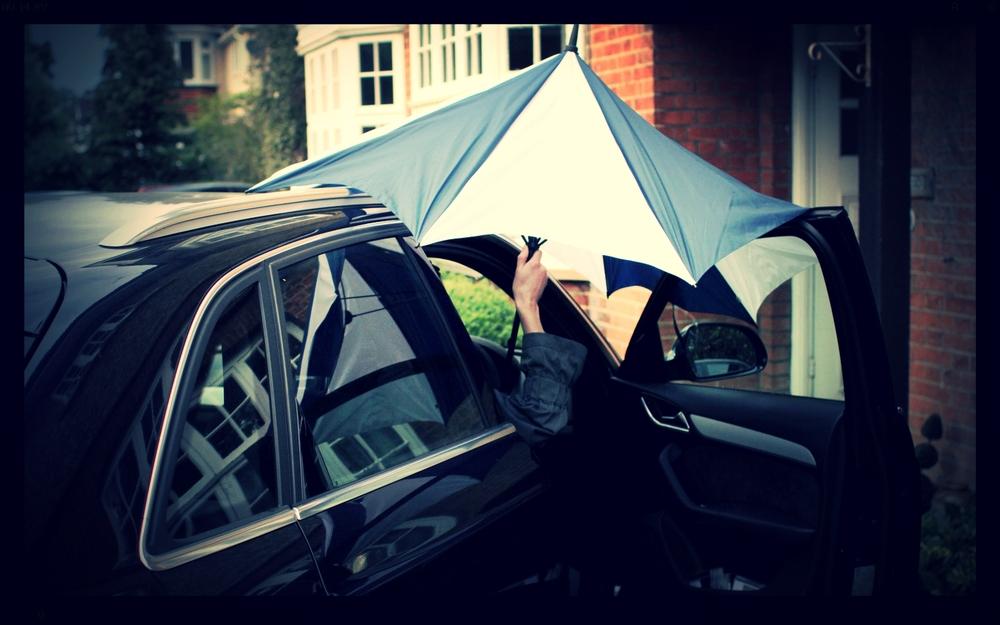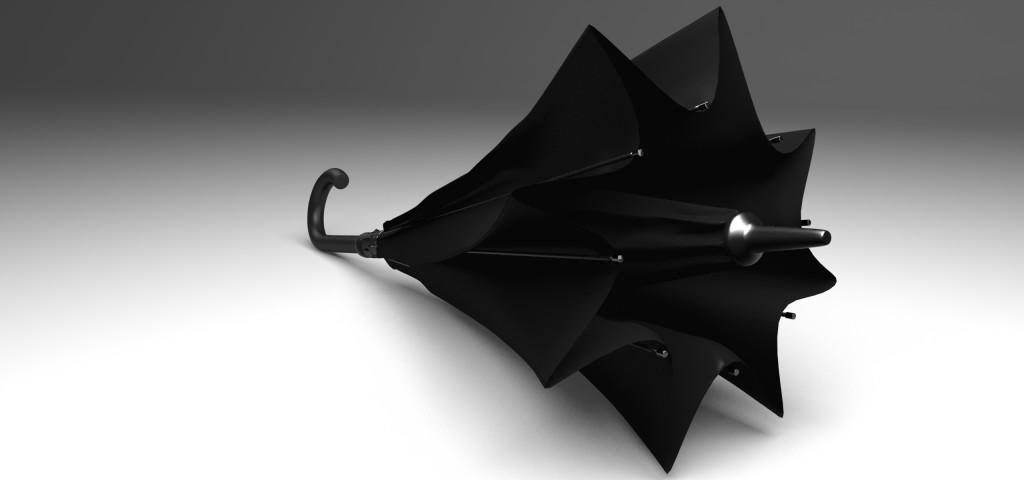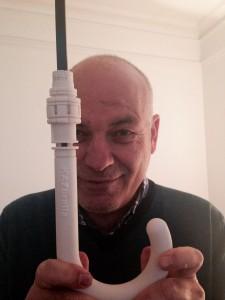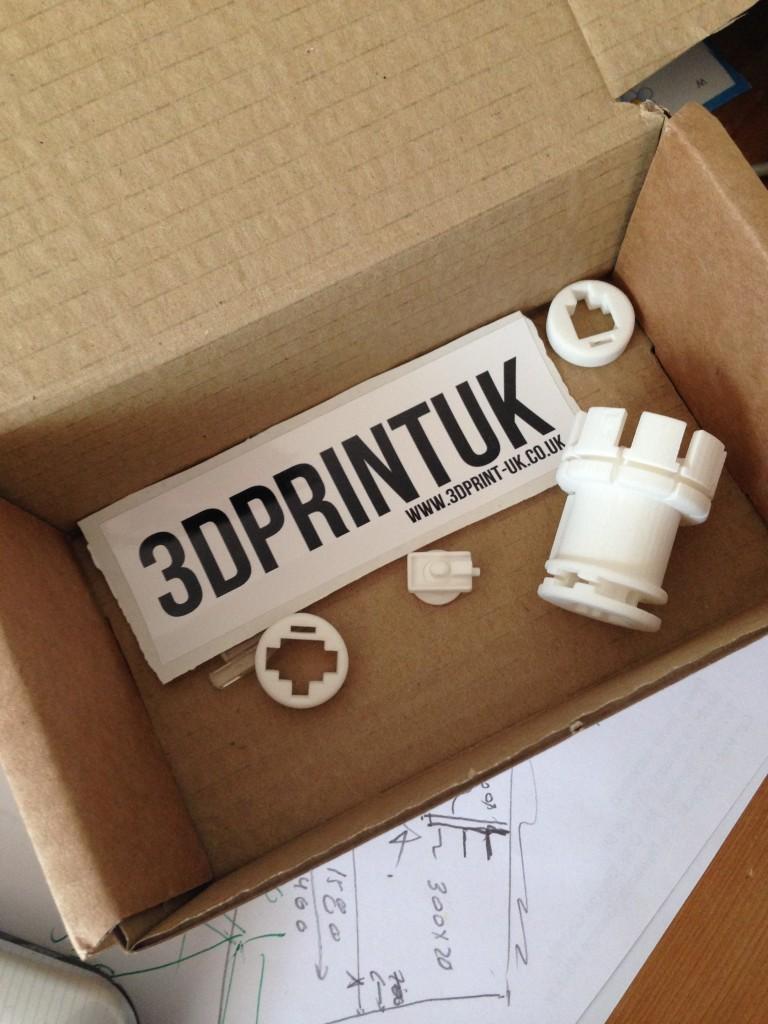 Given that most human beings lack the natural oil coating that allows ducks to weather a rainstorm without turning into soaking, bedraggled versions of their former selves, we, as humans, have to put a great deal more effort into staying dry when the weather turns against us. The most surefire way to do so is to stay home, sit by the fireplace, snuggle under a blanket, and read a good book. Unfortunately, that option isn’t always available. As such, there are a bevy of slickers, rain hoods, covered walkways, waterproof bags, and umbrellas that have been created to assist.
Given that most human beings lack the natural oil coating that allows ducks to weather a rainstorm without turning into soaking, bedraggled versions of their former selves, we, as humans, have to put a great deal more effort into staying dry when the weather turns against us. The most surefire way to do so is to stay home, sit by the fireplace, snuggle under a blanket, and read a good book. Unfortunately, that option isn’t always available. As such, there are a bevy of slickers, rain hoods, covered walkways, waterproof bags, and umbrellas that have been created to assist.
However, despite our ability to put a man on the moon (the technological standard by which my mother critiques all design failures) we have yet to develop a satisfactory way to keep dry. The rain slicker leaves a soggy line wherever it ends and, of course, leaves you with a heap of dripping coat to deal with upon arrival at your destination; the rain hood crushes your hair; the umbrella hat isn’t terribly dignified (not to mention leaving your shoulders exposed); and the covered walkways eventually end.
The umbrella is the most ubiquitous way of dealing with the rain and brings with it a whole series of problems, all of which are immediately and viscerally memorable. The first problem: the umbrella, as we currently have it, requires an elaborate car entry procedure during which time we must stand in the rain fully exposed before it and then us can enter the vehicle, or else try to close up the umbrella from an awkward seated position with the door wide open, not exactly keeping us dry. The second problem: once it is closed, no matter how carefully we try to avoid it happening, the umbrella drips, leaving soggy car seats, wet floors, and damp storage spots in its wake. The third problem: this is the first but in reverse, upon leaving the vehicle we must again brave the elements and hog the space around us as we open the umbrella for use.
 Designer Jenan Kazim didn’t see an insurmountable set of problems here; instead, his design instincts kicked in and he began to reverse engineer a solution based on a desired state (dryness, ease of storage, accessibility). The result is pure genius…and so obvious it leaves the rest of us wondering why on earth it took 3,000 years to get here. That is design at its best.
Designer Jenan Kazim didn’t see an insurmountable set of problems here; instead, his design instincts kicked in and he began to reverse engineer a solution based on a desired state (dryness, ease of storage, accessibility). The result is pure genius…and so obvious it leaves the rest of us wondering why on earth it took 3,000 years to get here. That is design at its best.
The newly envisioned umbrella, the KAZbrella, takes the problem and turns it on its head. While closed, the KAZbrella looks like a traditional umbrella. However, when it is opened, it is the inverse of its former self. This allows a person to get into their car with their KAZbrella still protecting them from the rain, narrow the car door to a crack, and then pull the center of the umbrella downward to close it. Once the now closed umbrella is pulled into the car, the wet surface is on the inside, safely contained and not dripping all over your upholstery, papers, or fellow passengers.
The creation of this idea was supported by access to 3D modeling and 3D printing technology. Kazim is an engineer and that interest in precision is what allows the newly envisioned umbrella to operate so smoothly. By utilizing 3D printing to prototype and refine and test again, Kazim was able to create parts with the type of precision necessary in order to quickly evaluate and make necessary adjustments. So, while the role that 3D printing played in the creation of this product may be overshadowed by the fantastic creation itself, those in the know will realize that without 3D printing and affordable rapid prototyping capabilities, it has taken us 3,000 years to get here.
The KAZbrella will be launching on Kickstarter for crowdfunding; you can get on the mailing list to be informed when the campaign goes viral.
Let us know what you think about this brilliant design made possible by 3D printing in the KAZbrella forum thread over at 3DPB.com.

Subscribe to Our Email Newsletter
Stay up-to-date on all the latest news from the 3D printing industry and receive information and offers from third party vendors.
You May Also Like
OXMAN’s 3D Printed Zero-Waste Biodegradable O° Shoes Produce No Microplastics
Design lab OXMAN is on a mission to make products “by, for, and with Nature while advancing humanity,” moving from human-centric to nature-centric design. It recently unveiled a new technology...
Print to Wear: Steve Madden Goes 3D with Hilos
Footwear is evolving. That’s how Hilos’ CEO sees it, envisioning footwear as the next big industry set to scale through 3D printing. During this year’s TechCrunch Disrupt Startup Battlefield 200...
ELSTM Introduces 3D Printed Sneakers, $250 a Pair
ELSTM has released the Orca, a shoe made with various 3D printed materials. It features a foaming TPU midsole, a mesh upper, and an outer TPU shell. The midsole also...
A$AP Rocky Debuts New 3D Printed PUMA Shoes
Rapper and producer A$AP Rocky has collaborated with PUMA and Carbon to create a shoe. The Mostro 3D “Red” is available today at Dover Street Market, Nubian, and SNEAKERSNSTUFF, as...




































